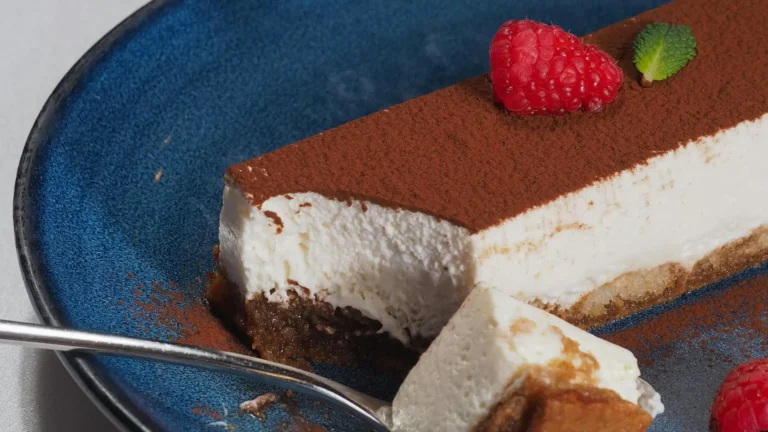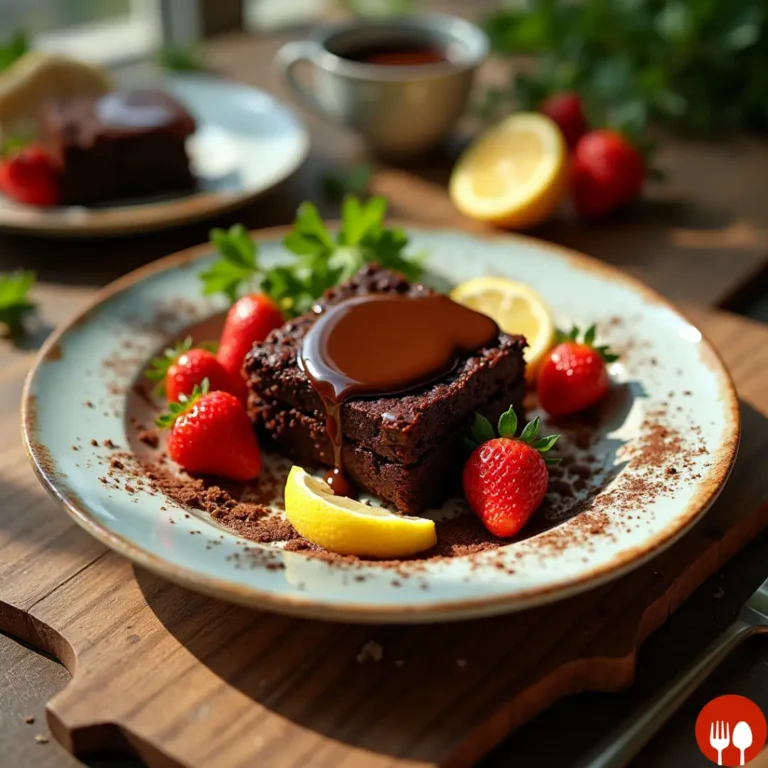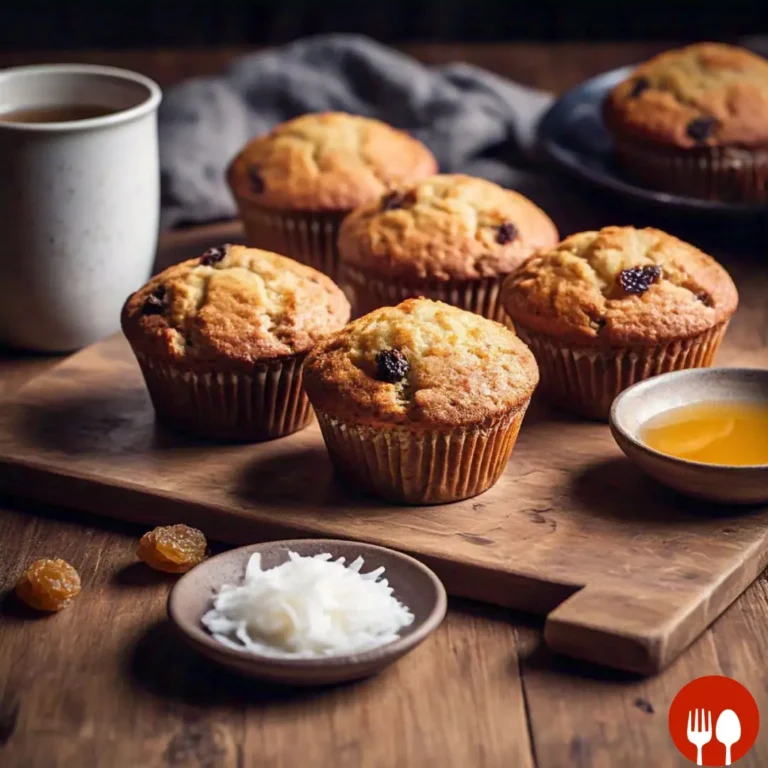How to Make the Perfect Kefir Sheet Cake: A Step-by-Step Guide
Kefir Sheet Cake is the perfect dessert for any occasion. Packed with tangy flavors and a moist texture, this cake is easy to make and a delight to serve. Whether you’re looking to impress guests or treat your family, this recipe is sure to become a favorite. Let’s dive into how you can make this wonderful cake at home.
Table of Contents
Why Kefir Sheet Cake?
Kefir, a fermented milk product, adds a unique tangy flavor to the cake while keeping it incredibly moist. It’s also a healthier alternative to other dairy options, bringing probiotics and nutrients to your dessert table. With its light and fluffy texture, this sheet cake is ideal for both everyday treats and special celebrations.
Additionally, kefir’s nutritional profile makes it a standout ingredient. Rich in calcium, protein, and vitamin B12, it’s not only a flavorful addition but also a beneficial one. By incorporating kefir into your baking, you’re enhancing the overall health value of your dessert. Plus, its versatility means it pairs beautifully with a variety of flavors.
Learn more about kefir’s health benefits from Healthline.
Ingredients
Here’s what you’ll need:
- 2 cups all-purpose flour
- 1 1/2 cups granulated sugar
- 1 tsp baking soda
- 1/2 tsp salt
- 1/2 cup unsalted butter, melted
- 2 large eggs
- 1 cup plain kefir
- 1 tsp vanilla extract
- 1/4 cup vegetable oil
For the Glaze:
- 1/2 cup powdered sugar
- 2 tbsp kefir
- 1 tsp vanilla extract

Step-by-Step Directions
1. Preheat Your Oven
Preheat your oven to 350°F (175°C) and grease a 9×13-inch baking pan.
2. Mix the Dry Ingredients
In a large bowl, whisk together the flour, sugar, baking soda, and salt.
3. Prepare the Wet Ingredients
In a separate bowl, mix the melted butter, eggs, kefir, vanilla extract, and vegetable oil until smooth.
4. Combine the Mixtures
Gradually add the wet ingredients to the dry ingredients, stirring until fully combined. Avoid overmixing.
5. Bake the Cake
Pour the batter into the prepared pan and smooth the top. Bake for 25-30 minutes, or until a toothpick inserted in the center comes out clean.
6. Prepare the Glaze
While the cake is cooling, whisk together the powdered sugar, kefir, and vanilla extract to create a smooth glaze.
7. Glaze and Serve
Pour the glaze evenly over the warm cake. Allow it to soak in for a few minutes before slicing and serving.

For additional baking tips, check out BBC Good Food’s guide to perfect cakes.
Nutrition Facts (Per Serving)
- Calories: 310
- Fat: 12g
- Carbohydrates: 45g
- Protein: 5g
- Sugar: 30g
- Fiber: 1g
Benefits of Kefir Sheet Cake
- Probiotic Boost: Kefir is rich in probiotics, promoting gut health and digestion.
- Moist and Tender: The tangy kefir keeps the cake moist and fluffy.
- Rich in Nutrients: Packed with essential vitamins and minerals like calcium and B vitamins.
- Versatile Dessert: Suitable for a variety of occasions, from birthdays to casual gatherings.
Serving Suggestions
- Pair with a dollop of whipped cream or a scoop of vanilla ice cream.
- Add fresh fruit like berries or sliced peaches for a pop of color and flavor.
- Sprinkle a pinch of cinnamon or nutmeg over the glaze for a warm, spiced touch.

Looking for more creative dessert ideas? Visit Allrecipes for inspiration.
Storage Tips
To keep your Kefir Sheet Cake fresh and moist, store it in an airtight container at room temperature for up to 3 days. For longer storage, refrigerate the cake for up to a week. If you prefer to make it ahead of time, you can freeze the cake (without the glaze) for up to three months. Simply thaw it at room temperature and glaze before serving.
Frequently Asked Questions
Can I use flavored kefir?
Yes, flavored kefir can add a unique twist to your cake. However, plain kefir is recommended for a more neutral base that allows other flavors to shine.
What can I substitute for kefir?
If kefir is unavailable, you can use buttermilk or yogurt as a substitute. These options provide a similar tang and consistency.
Can I make this gluten-free?
Absolutely! Substitute the all-purpose flour with a gluten-free baking blend that includes xanthan gum for the best results.
Have you tried this recipe? Let us know your thoughts and any variations you’ve created in the comments below. We’d love to hear from you!
Who is chef Lorenzo








One Comment
Comments are closed.